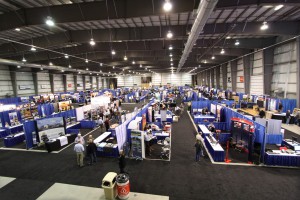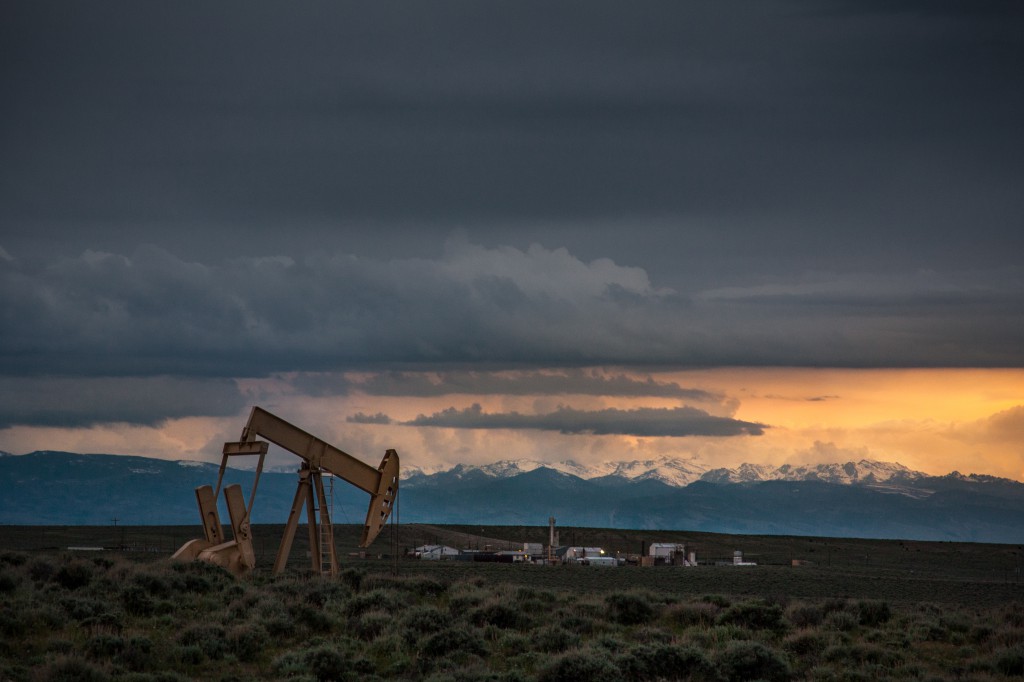 Consultancy of the Year – Antea Group
Consultancy of the Year – Antea Group
Corporate Social Responsibility Initiative of the Year – Aon Corporation
Drilling & Well Services Company of the Year – Marquis Alliance Energy Group
E&P Company of the Year, sponsored by TEEMCO – QEP Resources, Inc.
Engineering Company of the Year, sponsored by Cosential – Spartan Engineering Inc.
Environmental Initiative of the Year, sponsored by Austin Exploration – TEEMCO, LLC
Future Industry Leader – Megan Starr
Health & Safety Initiative of the Year – FTS International
Industry Leader – Mark C. Peterson
Industry Supplier of the Year – Frank Henry Equipment USA, LLC
Insurance Provider of the Year – IMA, Inc.
Law Firm of the Year – Burleson LLP
Manufacturer of the Year – Cobra Manufacturing & Sales LLC
Midstream Company of the Year, sponsored by Spartan Engineering – High Sierra Energy, LP
Recruitment Agency of the Year – Precision Placement Services, Inc.
Terminal of the Year – Savage
Transaction of the Year, sponsored by mergermarket – Encana Oil & Gas (USA) Inc.
Trucking Company of the Year – Brady Trucking, Inc.
Water Management Company of the Year – BeneTerra
Congratulations to all of the 2012 Rocky Mountain Oil & Gas Awards winners. Thanks to all of the sponsors and partners.
For full information on the awards please visit: http://www.oilandgasawards.com/?page_id=12
If you would like to arrange interviews, or review video and photo assets and for anything else please contact: Marc Bridgen on +1 (210) 591 8475 or email marc@oilandgasawards.com.
About the Awards:
The Oil & Gas Awards recognize the outstanding achievements made within the Upstream and Midstream sectors of the North American Oil & Gas Industry. The Awards are a platform for the Industry to demonstrate and celebrate the advances made in the key areas of the environment, efficiency, innovation, corporate social responsibility and health & safety. The Awards show the Industry’s motivation to develop by recognizing and rewarding the efforts of corporations and individuals.
The Oil & Gas Industry is of upmost importance to the U.S. National Economy and instrumental to both National and Energy Security. In its areas of operation the Oil & Gas Industry also plays a key role for local communities and their economies. Through innovation the Industry has driven forward technological developments, which have created a renaissance in the energy sector, enabling the U.S. to tap into one of the worlds largest natural gas reserves. In spite of its significance, the Industry still has its critics and gets more than its fair share of negative press. The Oil & Gas Industry has made great gains in meeting its responsibilities to the environment, to corporate social responsibility and the health & safety of staff and the public alike.
The awards take place in the six main onshore Oil and Gas producing regions of North America, including; Gulf Coast, Mid Continent, Northeast, Rocky Mountain, Southwest and West Coast. The Awards are designed to focus on specific regions of North America to allow geographically relevant organizations the ability to network at the gala dinner, and to ensure successful companies can utilize and benefit from their ‘winners status’ within their business community. In combining the Midstream and Upstream sectors, the awards bring together partners, and enable these co-dependent markets to acknowledge one another’s achievements. A number of the Award categories recognize service providers to the Industry, who play a vital role in its success and contribute to its reputation. The Awards welcome entries from organizations of every size and each entry is judged on its individual merits, and on a level playing field with its competition.
The Awards and the Organizations involved will be publicized in local, national and international trade publications and general press, in the run up to and after each ceremony. The core aim of the Oil & Gas Awards is to advertise and promote the Industry’s drive to improve and develop by rewarding organization’s achievements.
The Oil & Gas Awards mission is to become the most prestigious and sought after Awards in the Industry. The reputation of the Awards is paralleled to those of its judges and the Organizations they represent. To this end, appropriate candidates for the judging panels have been carefully researched and recommendations sought to find Industry thought leaders. Each judging panel consists of a mix of highly respected individuals from market leading E&P and Midstream companies.
For additional information, or to arrange interviews with staff, judges or partners please contact Marc Bridgen, Chief Marketing Officer on +1 210 591 8475 or marc@oilandgasawards.com.
















